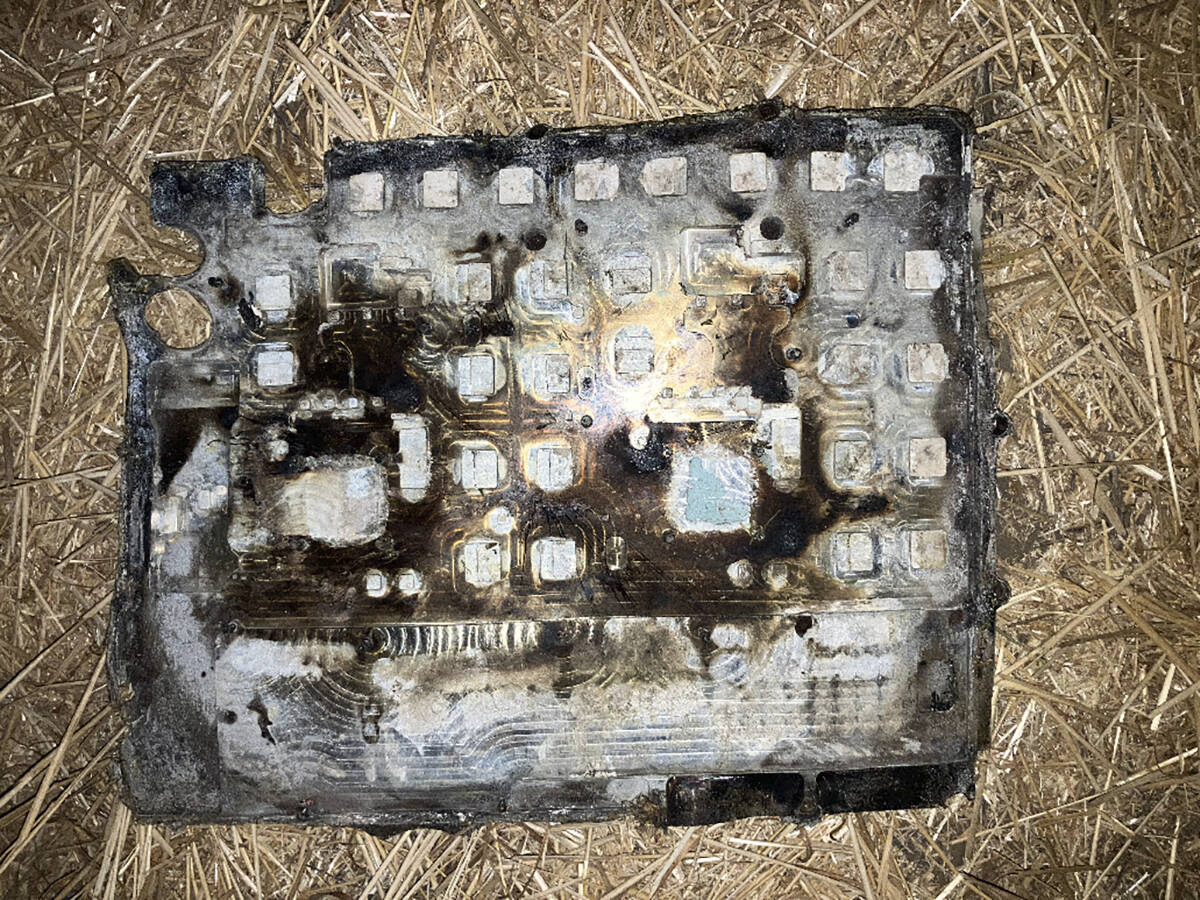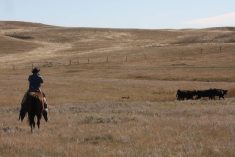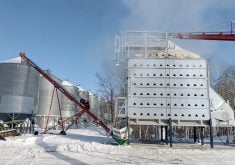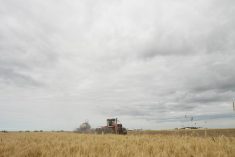If you still aren’t using options to manage commodity price risk on your farm, then this month might be the perfect time to start.
That’s the message from Craig Turner, senior risk management consultant at StoneX.
In a recent online marketing event hosted by Farm Management Canada, Turner said options — calls and puts — are an effective tool that can be used to manage upside and downside price risk when marketing new-crop and old-crop inventories.
“The markets are going to be very volatile this year,” Turner said.
Read Also

Farmers asked to keep an eye out for space junk
Farmers and landowners east of Saskatoon are asked to watch for possible debris in their fields after the re-entry of a satellite in late September.
“There’s a lot of risk out there and markets are most volatile when we’ve got high (commodity) prices.”
For inexperienced users, options can be intimidating, but the concept behind them is simple.
They can reduce farmers’ risk when selling grains and oilseeds.
Think of call and put options as financial insurance policies that can be used to protect against unexpected increases or decreases in futures markets.
In that context, the cost to buy an option is akin to the insurance premium that you pay when you’re insuring any asset, such as a pick-up truck, the contents of your workshop or your primary residence.
Turner, who works with farm clients across the United States and Western Canada, used the example of Canadian canola production.
For many western Canadian producers, canola must be sold in the range of $650 to $670 per tonne to break even.
If a grower buys a $675 per tonne November put option for $13 per tonne, then a canola sale at $662 per tonne ($675 minus $13) represents a break-even proposition.
“I don’t want (to sell) at $662, but if I know that’s around my break-even and if markets go to heck in a hand basket, at least I know that I’m not going to take a loss this year,” Turner explained.
“I’d love to sell when canola rallies up to $1,000 (per tonne) but again, we don’t have that crystal ball and I need some insurance for all the money that’s being outlayed (to plant that crop).”
If canola markets rally to $1,000 per tonne before the option expires, then a canola sale would net the grower per-tonne revenues of $987 ($1,000 sale price minus the $13 per tonne option).
Similarly, if an $835 per tonne November put costs $70 per tonne, then the grower can realize net revenue of $765 per tonne if the option is exercised ($835 minus $70).
“I work with a lot of farmers in North America … and one of the things we’ve been talking a lot about lately is some very big input costs going into (the 2023) crop,” Turner said.
Between fertilizer, chemicals, land rental costs, equipment values, labour, interest rates and general inflationary pressure, growers’ exposure will be higher than ever.
“We do have high prices in canola and spring wheat and some other crops right now, but there’s also a lot more money going into these (crops)….”
Everyone will be happy if new crop canola trades at $20 a bu. or higher, like it did in 2022.
But what if Canada’s planted canola acreage is average or above average in 2023 and what if harvested yields are at or above the trend line? What if oilseed producers in South America harvest a bumper crop? And what if currently tight global oilseed stocks are replenished amid softening global demand?
“If we have a drought (in 2023), we could go back up to old highs,” Turner said, referring record 2022 values in the $1,000 to $1,100 per tonne range.
“But if we get 20 million acres of canola and if we get 24 million acres of spring wheat and we get some trend line yields… and more business gets done in the Black Sea on the wheat side, we could have a lot of volatility.
“So, are there tools out there that can help us basically control commodity prices and help us manage our margins? That’s what we’re really trying to do here.”
In recent years, growers have learned that over-selling production early in the year can have devastating financial consequences, Turner said.
For producers in drought-affected regions, pre-selling too much production can increase business risk, rather than decreasing it.
Turner suggested that most of the western Canadian growers he works with are comfortable being 10 or 15 percent pre-sold, perhaps 20 percent at the most.
“On a per-acre basis, that’s maybe five or 10 bu. per acre, but no more than that.
“There’s always some kind of exposure that we’re going to have, but how exposed do we want to be?
“If I can find a way to hedge some pretty significant risk and still run my operation, these tools certainly can help.”
Turner’s presentation is expected to be posted on the Farm Management Canada website later this month for registered viewers.
Go to agriwebinar.com and look under the “past webinars” tab.


















